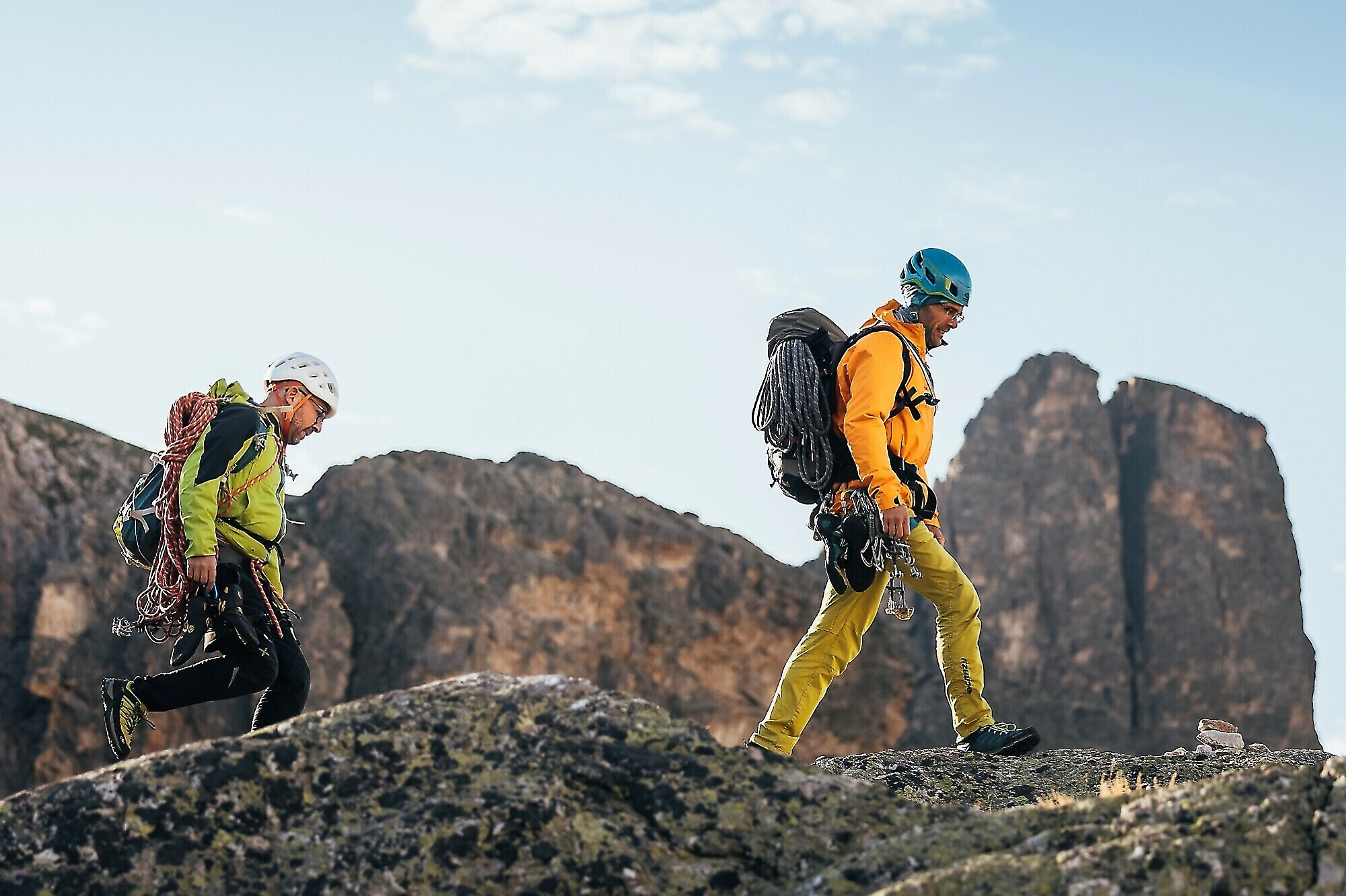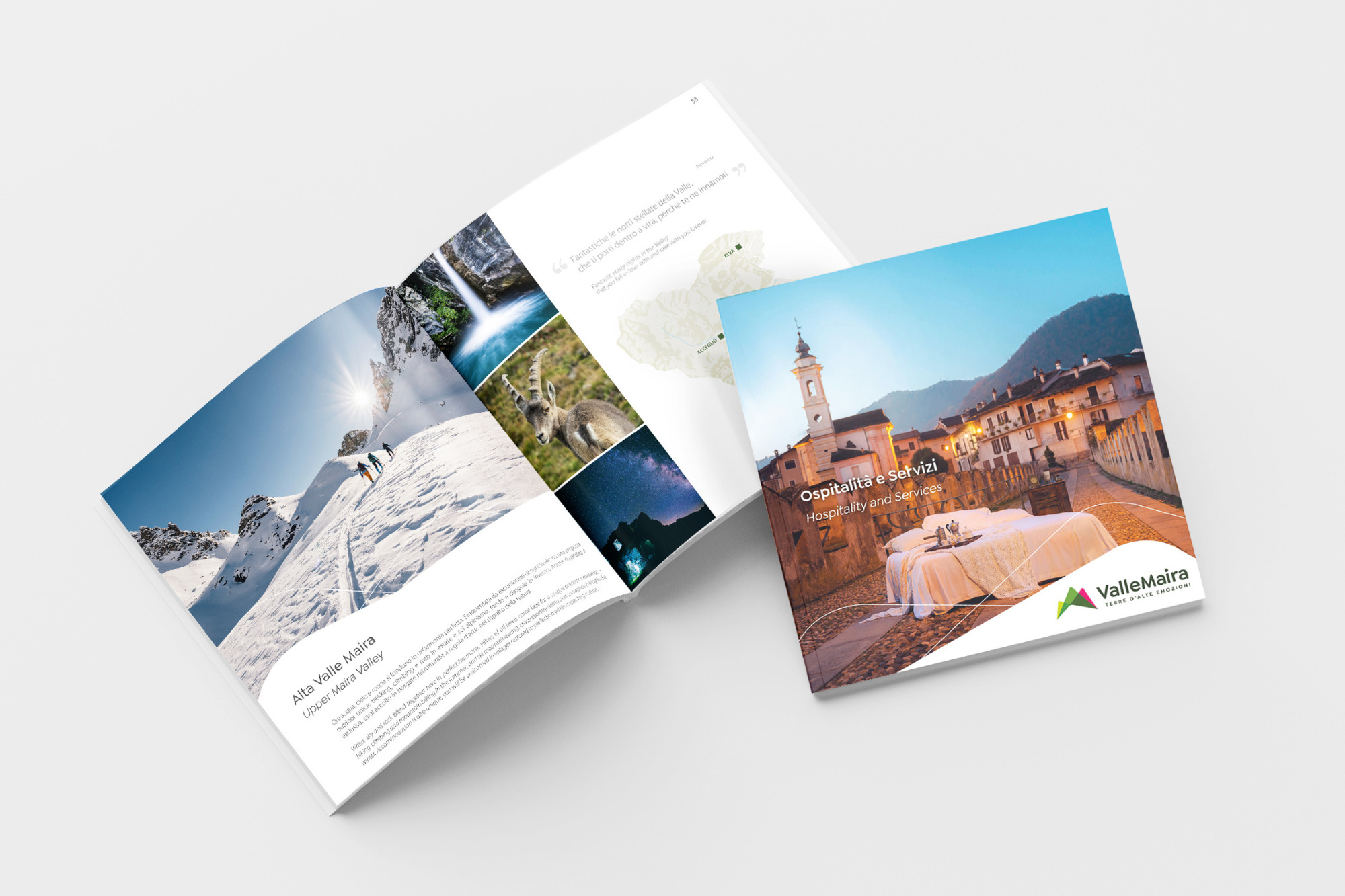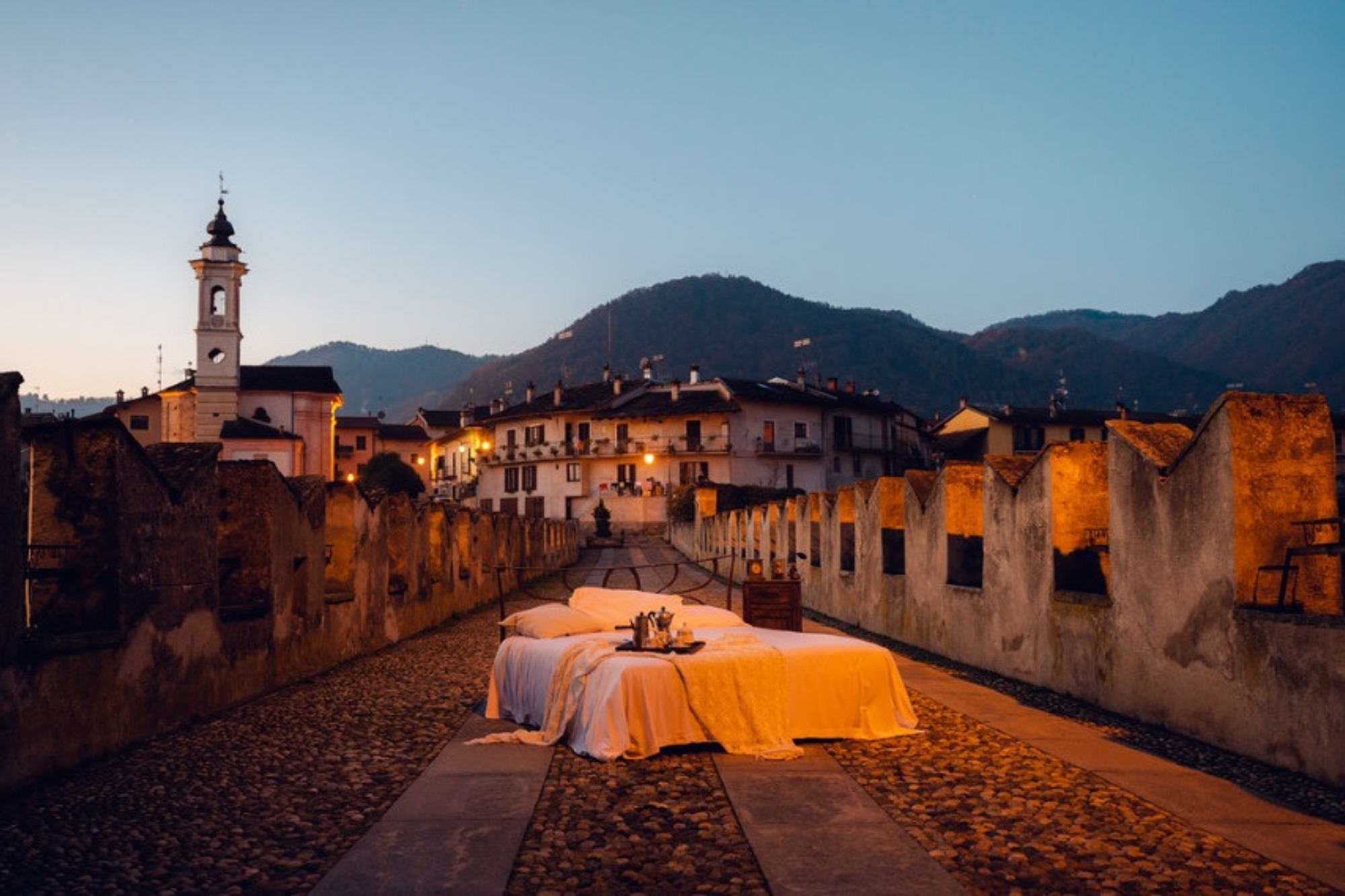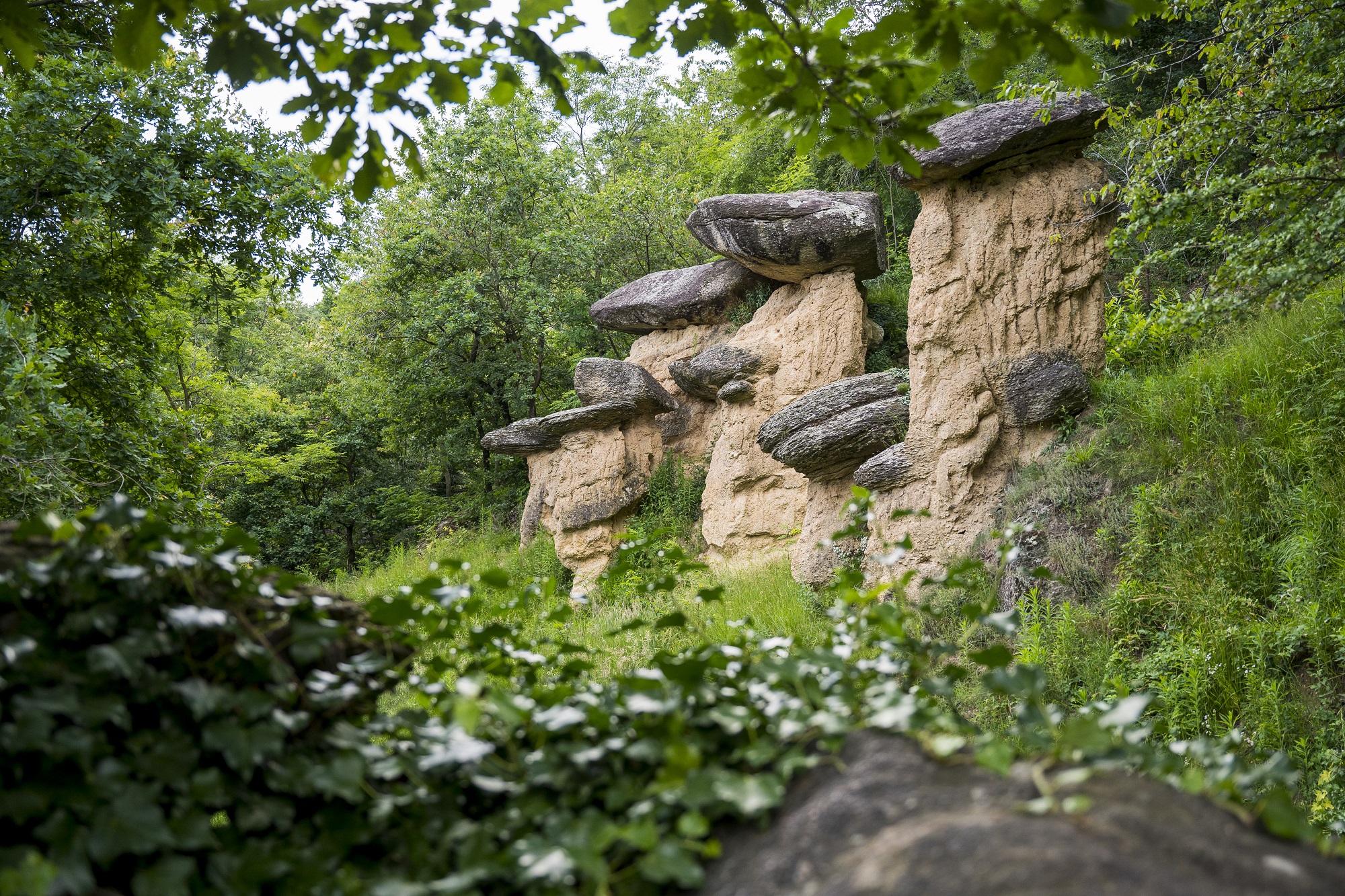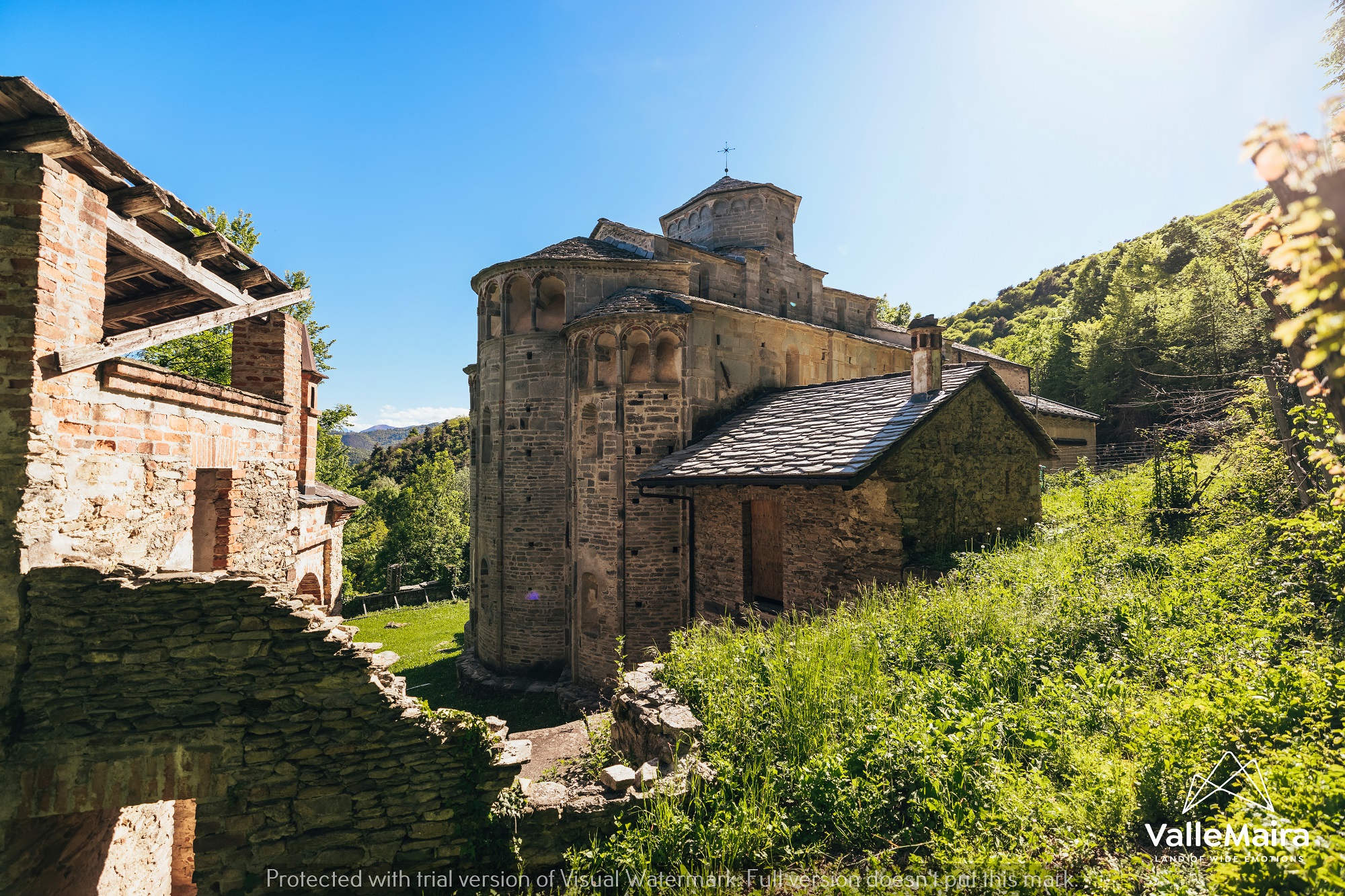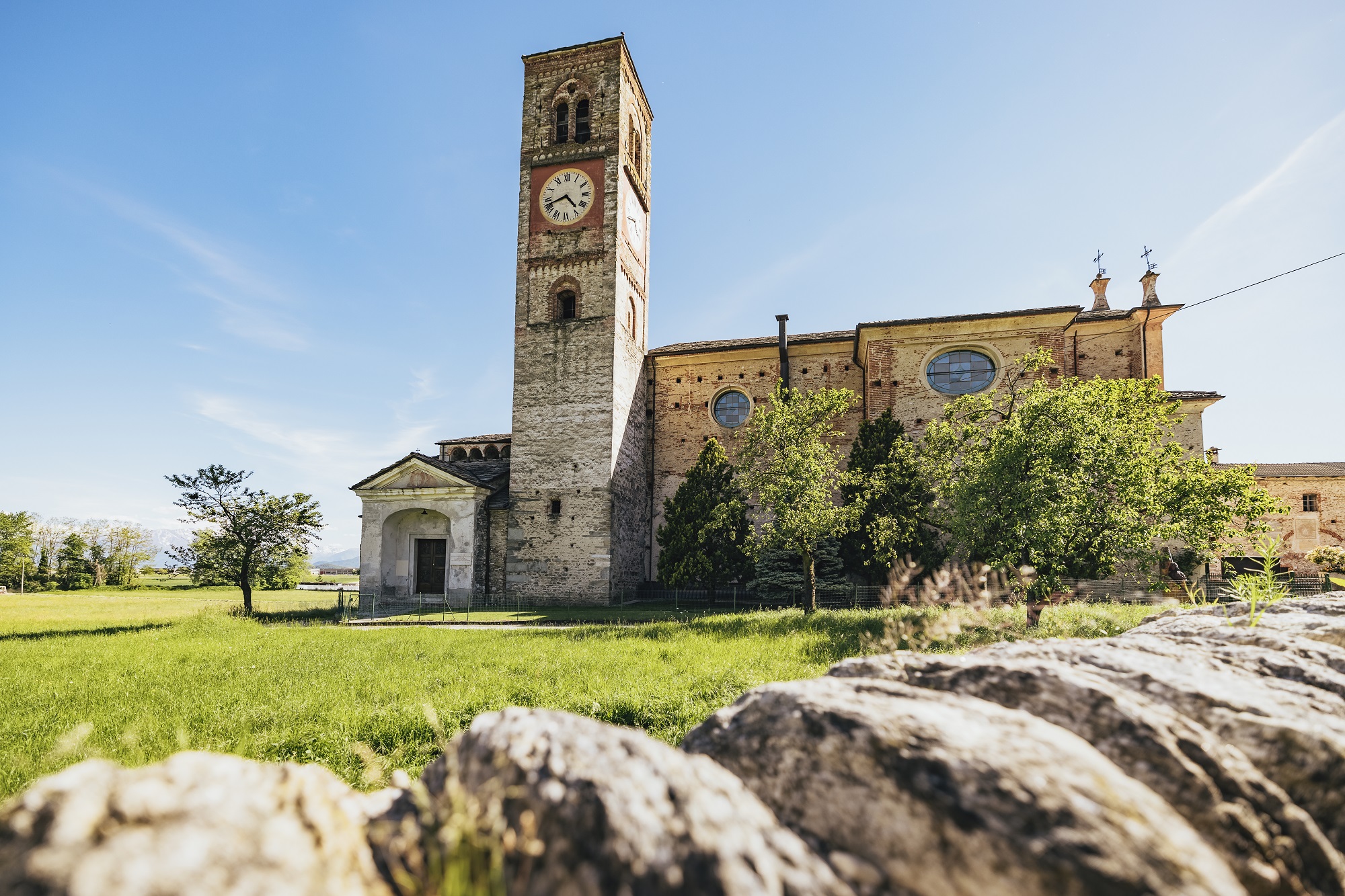Accessibility Project
The Maira Valley continues to expand its horizons and focuses on accessibility as a goal and strength. The first step is to allow the use of its natural, historical, architectural and cultural heritage in an increasingly wide and varied way to all categories of people.
The first project that we carry out in this direction is expressly aimed at people with visual impairment, in particular visually impaired and blind/blind people. A project that was born with the actions of which we will talk here below but that – in a long-term perspective – will tend to gradually expand and further involving the Valmairese area and the municipalities that constitute it.
Therefore, the “first stage” of the new inclusive accessibility line that the Maira Valley is following starts from Villar San Costanzo, and more precisely from the Ciciu del Villar Nature Reserve. Here, in this context of geological-naturalistic value, the project actions aim to make the area of the reserve accessible and accessible to the visually impaired, as well as to the motor disabled, thus constituting a complementarity of project actions aimed at accessible use.
In detail, the accessibility project for the Ciciu del Villar Nature Reserve in the municipality of Villar San Costanzo includes installations of 3 panels with tactile images (images printed with relief illustrations that realistically reproduce the edges of the figures so as to allow blind/blind and visually impaired people to figure the image in the mind allowing the association between tactile representation and corresponding object) and codes with NFC technology (Near Field Communication, translatable into “communication in proximity”, a technology capable of connecting two devices, located a short distance from each other, in wireless mode) allowing users with visual disabilities to access multimedia content such as audio-presentations that will allow in-depth analysis of natural, historical, architectural and cultural heritage.
The first 3 installations are dedicated respectively:
1) to the geological formation of the so-called “stone fungi”; in detail it will be placed near the first formation of the ciciu that is met once entered the Reserve (the so-called formation “the family”)
2) to the church/sanctuary of San Costanzo al Monte, one of the most interesting Romanesque monuments, and at the same time one of the least known of the Region
3) to the Ex Abbazia di San Pietro in Vincoli, an ancient Benedictine abbey now a church, with the 11th century Benedictine crypt and the funeral chapel dedicated to the abbot Giorgio Costanzia of Costigliole built in 1450.
On these 3 installations went to integrate the “second stage,” the second part of the project – aimed at improving and increasing accessibility towards users with hearing and visual impairments – through the creation of videos dedicated to the 3 attractions mentioned above with audio track and subtitles in both Italian and English, integrated with supporting audio/video guides in LIS (Italian Sign Language) and IS (International Sign Language), made accessible on the same tactile panels with QR-codes that link to the YouTube page of the Museo Diffuso Cuneese, which kindly consigned the original videos. The audio/video guide integrations in LIS and IS were made with the fundamental contribution of the Ente Nazionale Sordomuti – Sezione Provinciale Cuneo and the filming company Vdea Produzioni.
